Amazon Listing Optimization: The Ultimate Seller Guide + Best Practices [2026]
Amazon product listing optimization is the best way to get more sales on Amazon. In this guide we share best practices on keywords, images, A+ content and more.
Updated November 7, 2024
![Amazon Listing Optimization: The Ultimate Seller Guide + Best Practices [{year}] main image](https://entail.mayple.com/en-assets/mayple/63f73344661538b3bd684ebe_amazonlistingoptimization2520252812529_d777073f8a167e377bdb87febe6c8998_2000-1699518589853.jpg)
With over 60% of online shoppers using the Amazon marketplace to start their product research, it is vital for all Amazon sellers to have high product visibility to reach potential customers and be relevant in the eyes of Amazon’s ranking algorithm.
Amazon search engine optimization (SEO) is one of the most important aspects of being a successful seller on Amazon.
Meet the expert
Mina is a multiple seven-figure seller in the supplement industry, investor, Amazon PPC expert, and founder of the Trivium Group, an Amazon Advertising agency. He has consulted over 400 brands and 3 aggregators worth $1.2 billion combined.
What is Amazon listing optimization?
Amazon SEO is the process of improving or optimizing your product listing to increase the likelihood that your product will be seen in your product category. An increase in traffic and product visibility results in more sales and a higher ranking in Amazon’s organic search results.
A well-optimized listing not only helps you stand out from your competition but will improve both your click-through rate (CTR) and your Amazon conversion rate (CVR), resulting in more sales and higher profits.
How to optimize your Amazon listings in 7 steps
Optimizing Amazon listings is a much more involved process than on other marketplaces and Amazon competitors. Here’s a step-by-step process you should follow to optimize your listings.
1. Conduct keyword research
Amazon SEO is built on a strong foundation of comprehensive keyword research. To reach your target audience, you need to think like a customer and determine specific words or phrases they use in the search bar on Amazon. You can hire an Amazon virtual assistant to organize your keywords into sheets and create negative keyword lists.
Look on Amazon
First, begin with short-tail or seed keywords that best define your product type. Once you have determined the primary keyword that best defines your product, you can move forward and begin generating a list of keywords for your Amazon listing optimization.
Type a variety of words and phrases into Amazon’s search box. Look at the drop-down suggestions and start compiling a list of potential keywords and phrases, relative to your product.
An effective approach to any keyword research process is to perform competitor analysis using an optimization tool. There are many keyword research tools available to Amazon sellers such as Helium 10’s Cerebro and Keyword Scout.
Performing reverse-ASIN lookup can help you generate a list of applicable keywords searched for in your niche. They also provide data such as search volume and the level of competition for specific keywords.
In addition to discovering both high and low search volume keywords, you also need to focus on long-tail and short-tail keywords.
- Long-tail keywords are relatively specific, have a higher CVR, and are typically less competitive with a lower search volume than short-tail keywords.
- Short-tail keywords are generally broader, are high search volume, and therefore are more competitive with a lower CVR as they generate a variety of results when customers use the search bar on Amazon.
At times, performing keyword research can feel like going down a rabbit hole but as an Amazon seller, it is crucial for you to dedicate time to creating keyword lists and incorporating relevant keywords into your listing.
2. Optimize your product title
Your product title is the primary field used by Amazon’s search algorithm to determine the relevancy of your product for a given search term. It’s important that you create descriptive product text that captures the attention of potential buyers.
When considering your product title optimization strategy, you first want to start with your brand name. Aside from the fact that a substantial number of customer searches are by brand name, it promotes brand awareness and instills in shoppers that you are a reputable, established brand.
Following your brand name, prioritize your main keywords to describe the type of product you are selling. Consider the keywords or phrases that your target audience is most likely using to search for your product.
Having captured a potential buyer’s attention, use the remaining characters available to describe the features and benefits of your item. This may include the size, color, or other attributes of your product. Highlight the features that distinguish you from your competitors.
Include as many of your main keywords as possible to increase your visibility and your CTR, but avoid keyword stuffing. Your title needs to make sense and be readable. And don’t use up your real estate on the same keyword, only use each word once.
There are some no-no’s when it comes to product title optimization. Amazon does not allow certain phrases such as “high quality” or “best seller” as well as promotional messages such as “free shipping.” Keeping within Amazon’s rules and guidelines will safeguard against your listing getting suppressed.
3. Optimize your product description
Appearing further down the page, your product description is where you can expand on the features and benefits of your product and mention ones that didn’t fit in your title or bullet points.
It’s the ideal place to incorporate the remainder of your keyword list. You’ve got 2,000 characters at your disposal to address consumer pain points and convey to the customer how your product will positively improve their life, emphasizing how your product is superior to your competitors.
While your product description is important and is indexed by the Amazon algorithm, having A+ content will take your product page to the next level. A+ content is a feature offered through Seller Central to sellers with Brand Registry, and it allows sellers to be more creative and increase consumer trust by including their brand story.
You can use customizable modules to create a set of high-quality product descriptions. Combine text and additional images to instantly grab shoppers' attention, triggering an emotional response, resulting in higher conversion rates and impacting your rank.
4. Optimize your product key features
The use of keyword-optimized bullet points in your product page is where you describe your key features in a digestible format. Each bullet point should outline what your product is and highlight the benefits and features that make it stand out.
Highlight the top five features and benefits that you would like consumers to consider. Think like a customer and address questions that consumers may have regarding the finer details or use of your product. Amazon gives you a 1000-character limit to use, across five bullet points, and it’s another great place to include main keywords that didn’t fit in the title.
5. Improve your product images
Arguably one of the most important elements of a product listing is the images. No matter how descriptive your text is, no one is going to buy your product if you don’t have high-quality product photography.
Online shoppers can’t hold your product in their hands like they can in a physical store so you have to let your images tell the tale. As the saying goes, “a picture is worth a thousand words”.
Here are some tips for making your images rock:
- Display your product from various angles
- Show your product in use and highlight essential features
- First image is the most crucial (it shows up in the search)
- Follow Amazon’s guidelines - image size, color mode, format, and file name
Additional images and Amazon video ads are presented to customers when they click on a listing and land on your product detail page. Optimize these too.
Use infographics. They give consumers a visual format of the features and product benefits highlighted in your bullet points. Include details such as dimensions, additional items, and how-to-use instructions, and add some lifestyle photos. They help create emotion and stimulate the imagination of your potential customers.
Optimize with high-quality images with your customer in mind and provide them with the necessary information and visualization they need to be convinced to purchase from you over your direct competitors.
6. Optimize product search terms
Product search terms, often referred to as back-end keywords, are hidden keywords that are not visible to customers. They inform the Amazon algorithm of specific keywords relative to a product (they’re like YouTube tags).
- You’re allowed up to 250 bytes
- Don’t use special characters, competitor ASINs, and brand names
- Don’t repeat words or phrases you’ve already included in your listing
- Use low to medium-search volume keywords that you haven’t used yet
7. Optimize the product price
There’s fierce competition on Amazon, with many sellers competing on price. According to Statista, nearly 50% of online shoppers visit Amazon expecting the best prices. So it’s essential that you keep your prices competitive while keeping a close eye on your margins. You don’t want to go too low, obviously.
Amazon listing optimization tips
Here are some expert tips and tricks to help optimize your Amazon product listings for success.
1. Get more product reviews
Customer satisfaction is a high priority for Amazon so product reviews and product ratings weigh heavily in their search algorithm. A good star rating and a high number of positive reviews tell Amazon that you have a good product, and they start promoting you more.
Customer reviews are critical to your CTR. Address any negative feedback that you may receive immediately. If you’re prompt, customers may remove their negative review in exchange for a replacement item or a refund.
Amazon has strict guidelines when it comes to sellers soliciting customer reviews, but you do have a few legitimate options, such as Amazon’s Request a Review button and their Vine Program.
2. Use Amazon's A/B testing tool
A successful Amazon SEO strategy incorporates continual testing and analysis. Use A/B tests or split tests to compare the performance of different product images, titles, bullet points, and your A+ Content.
Use Amazon’s Manage Your Experiments feature inside Seller Central to can compare two versions of an element against each other and determine which one performs the best.
Amazon will present one group of customers with one version while the second group is presented with another. After the experiment, you can analyze the data to see which version had a higher CVR and drove more sales.
3. Tell a story in your product listings
An engaging product listing has to tell a compelling story and connect with your customers emotionally. Work on writing a captivating title, images, features, and description, and actually showing how your product will positively impact your customer’s life.
Pro tip: use Amazon influencers and PR mentions to make your product story more believable. You can also re-purpose influencer images and videos for your social media, Amazon ads, and display them on your own website.
4. Live in the “Questions and Answers” section
The Question and Answers section is another opportunity to answer customer questions, service your customers better, and display your social proof. These FAQs are indexed by Amazon’s algorithm and improve your rankings. They’re also a great opportunity to learn common customer questions and add that info to your product detail page.
5. Use Fulfillment by Amazon (FBA)
With more than 150 million Amazon Prime members in the US, it is no surprise that the most frequently used filter on the Amazon marketplace is Amazon Prime. With fast, free, and reliable shipping options, and excellent customer service, available to Amazon Prime members, shoppers prefer to buy from sellers that offer Amazon FBA.
Offering your customers FBA ensures a positive customer experience which will potentially be reflected in your reviews and your search results rank. An added advantage of having an FBA plan is that Amazon will oversee all your fulfillment requirements from packaging to shipping and customer queries and returns.
Pro tip: hire an Amazon FBA specialist to help you navigate FBA better.
Takeaways
Investing the time and taking all the steps to improve your Amazon search engine optimization will not only help your sales velocity but will improve your ranking, leading to more product visibility and attracting more buyers.
Product listing optimization should be an ongoing process as part of your SEO strategy with a strong focus on key elements of your product listing, including:
- Keywords
- Product titles
- Product descriptions
- Key features (bullet points)
- Product images
- Product search terms (backend keywords)
- Product pricing
Amazon listing optimization results in increased CTR in the search engine results and increased CVR on the product detail page, both of which contribute to increased sales and better search rankings.
Selling on Amazon can be challenging and time-consuming and product listing optimization is no exception. If you are looking for help to drive sales and increase revenue, consider employing the services of Amazon experts or an experienced Amazon marketing agency to help grow your business. We’ve got them both.

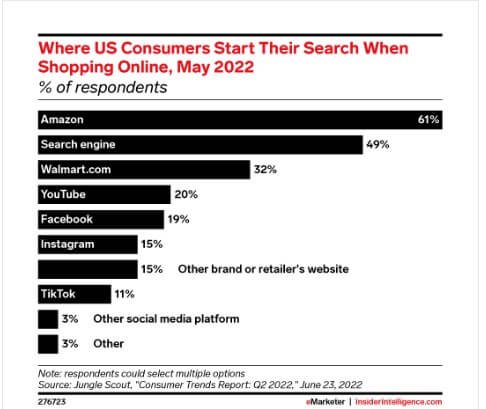




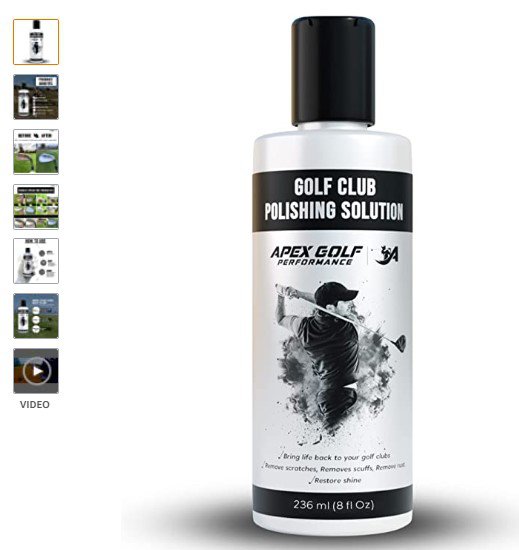
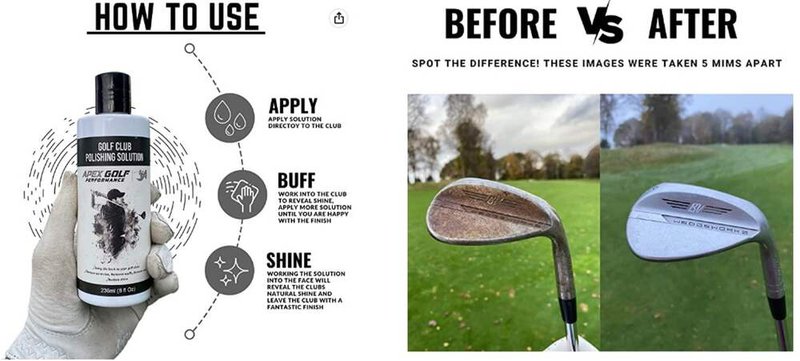

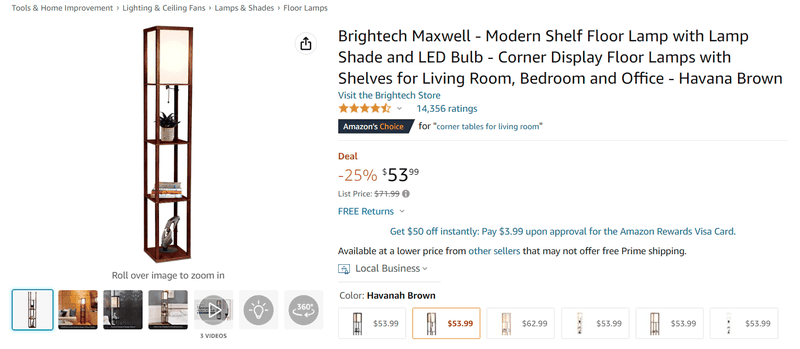
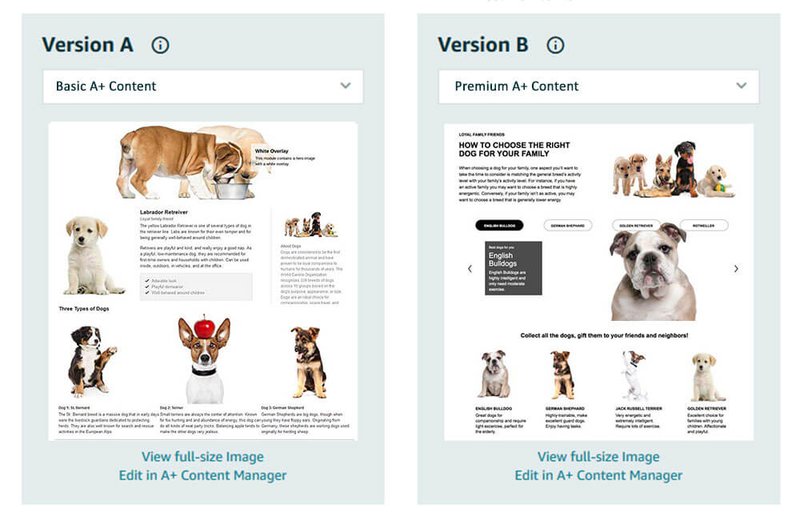
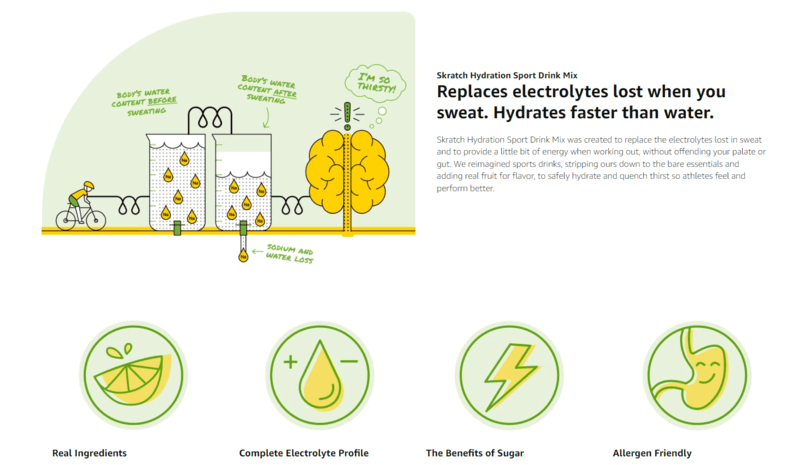
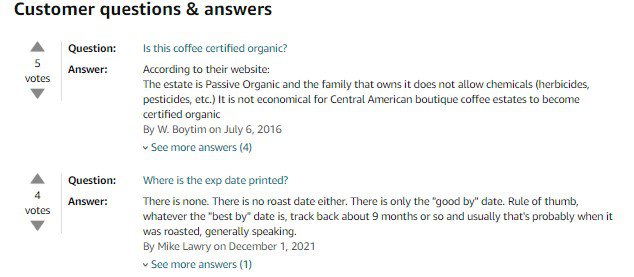

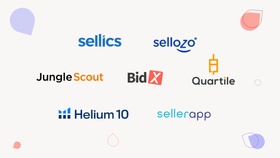
![[Interview] Destaney Wishon on Amazon Ads for eCommerce](https://entail.mayple.com/en-assets/mayple/fit-in/280x280/61cd796bbc6b5b23c5fa02a8_destaneywishonmaypleinterview2_e2e42348549fd4d0a24847b7a248d4a9_2000-1699776099357.jpg)

